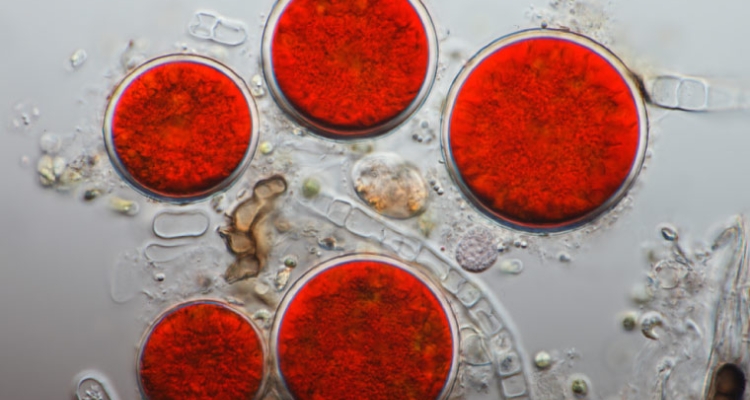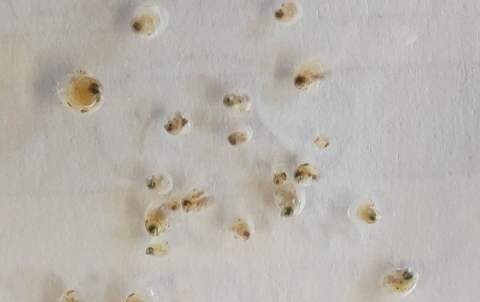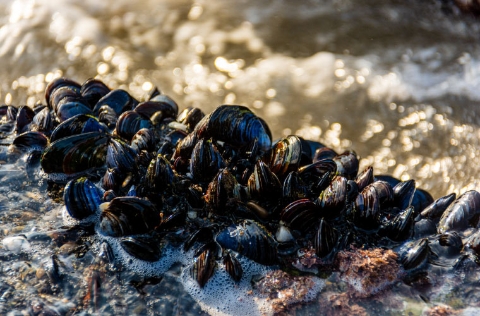
Cultivating the microalga Haematococcus pluvialis for sustainable astaxanthin production shows strong potential within a recirculating aquaculture system (RAS) for rainbow trout. This is the conclusion of a recent proof-of-concept study carried out by researchers at the University of Jyväskylä in Finland, offering compelling evidence that such an approach could deliver both environmental and economic benefits.
To minimise microbial contamination, the system required initial sterilization and filtration. However, once treated, the nutrient-rich effluent from rainbow trout farming-high in nitrogen and phosphorous-proved to be a suitable growth medium for this microalga, a natural source of astaxanthin. The researchers reported robust and efficient growth across all cultivation methods tested, including continuous flow and cyclic fed-batch systems.
Key to this success was the application of light-induced stress, which triggered astaxanthin accumulation without the need to change the growth medium. This made it possible to integrate the algal cultivation directly into the RAS operation cycle-a seamless process requiring no system downtime.
The study highlights that rainbow trout effluent offers a favourable N:P ration, is free form industrial contaminants, and could serve as a replacement for synthetic fertilisers-reducing operational costs and enhancing sustainability.
Under continuous flow conditions, growth rates reached up to 0.39 per day, with nitrate and phosphate removal rates of 64% and 100% respectively. Astaxanthin content peaked at 6.3 mg per gram of dry weight, with a final concentration of up to 2.96 mg per litre-higher in continuous flow systems due to greater biomass accumulation.
Although the cyclic fed-batch mode also yielded good results, overall productivity was lower. Its simplicity, however, could make it better suited for smaller-scale operations or pilot projects, while continuous flow remains the most promising for industrial integration.
From an environmental perspective, coupling a photobioreactor with a trout RAS significantly reduces nutrient levels prior to discharge or reuse. The naturally produced astaxanthin can be added directly to fish feed-enhancing pigmentation and health-or marketed for cosmetic and nutraceutical applications.
This approach represents a circular economy solution in which aquaculture waste becomes a valuable input for another bioproduction cycle.
“Integrating microalgae cultivation into RAS offers a sustainable route for nutrient recovery and the generation of high-value bioproducts”, researchers noted.
Although the study was conducted at lab scale, the findings lay a solid foundation for future upscaling in commercial operations, paving the way for more profitable and environmentally responsible aquaculture.
Rererence:
Hemanta Timilsina, Minna Hiltunen, Marco L. Calderini, Pauliina Salmi, Juhani Pirhonen, Katja Pulkkinen. Flow-through and cyclic fed-batch cultivation of the green microalga Haematococcus pluvialis in recirculating aquaculture effluent: strategies for sustained biomass production and astaxanthin biosynthesis. Aquacultural Engineering. https://doi.org/10.1016/j.aquaeng.2025.102573



